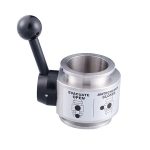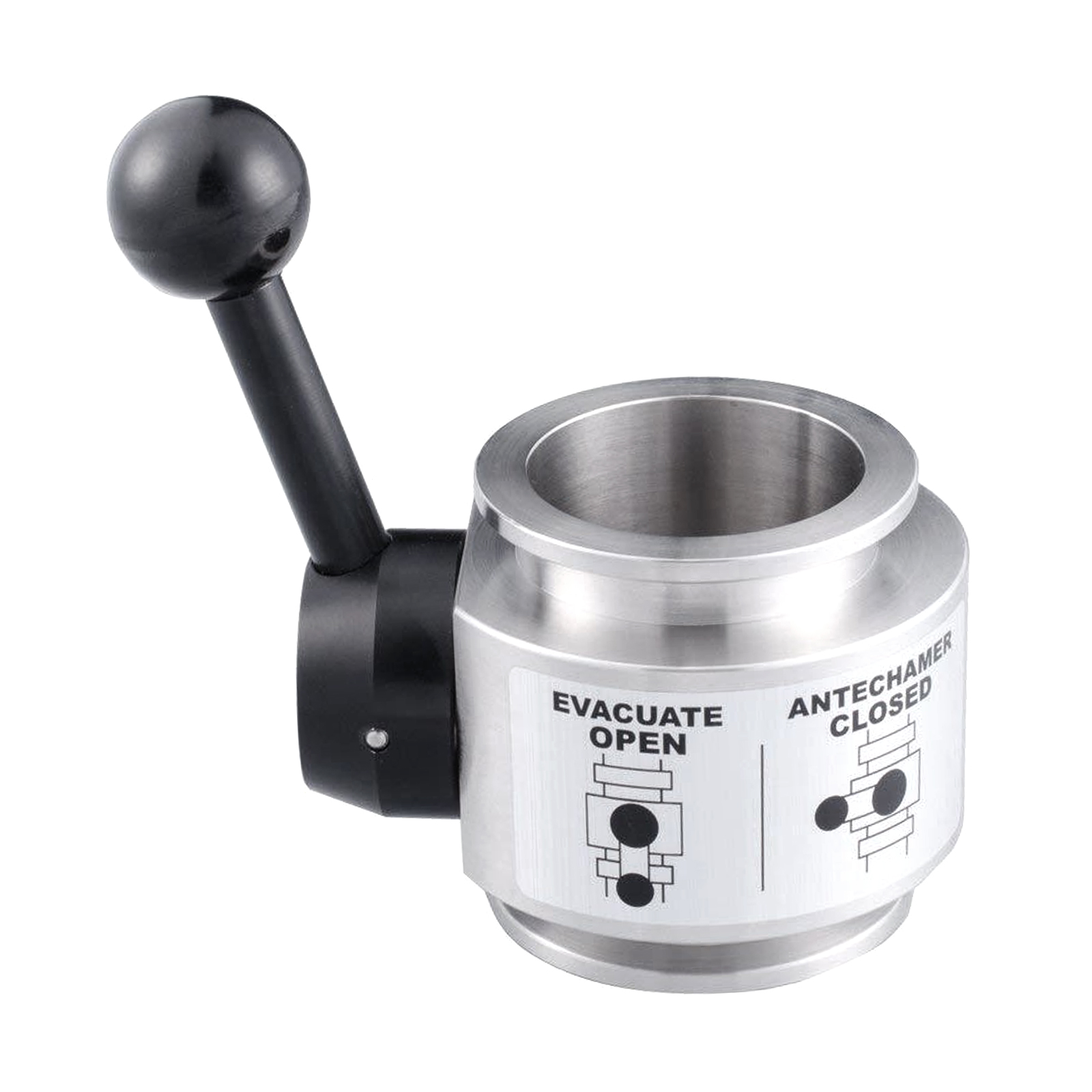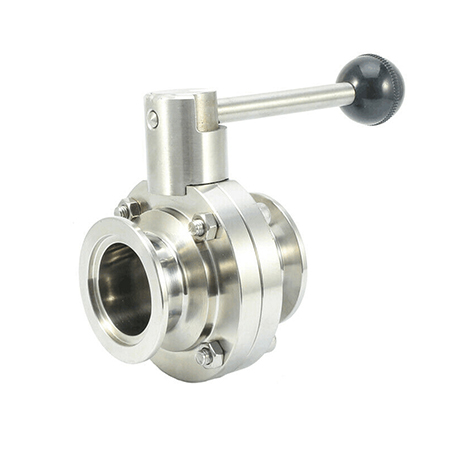
How to Design Pipeline Ball Valves to Be More Adaptable?
The frequency of use of pipeline ball valves in the industry is also very high, but they often fail during use, and they can only be restored after a long period of maintenance. If this problem is not solved, the pipeline ball valve industry will be eliminated in the fierce social competition. How to make the pipeline ball valve have good resilience is a problem that many designers have racked their brains to think about. The following are some generalizations and conclusions.
The valve seat of a pipeline ball valve can be regarded as a thin-walled cylinder, the valve seat is regarded as a valve internal part, and the instability of the valve seat is usually not considered. However, for the seat of a large-caliber high-pressure ball valve, when DIB-I test is performed according to API-6D, the seat is a thin-walled cylinder under external pressure, and there is a potential risk of instability. Stress and strain analysis are required.
During the DBB function test, the valve seat is under the action of the internal pressure qa. In the DIB-I function test, the valve seat is under the effect of external pressure qb. In the hydraulic strength test, the valve seat is in the joint action of qa, qb and the pressure at both ends qc.
In this way, we can regard the valve seat as a thin-walled cylinder, subject to internal pressure qa, external pressure qb, and pressure at both ends qc. Assuming an infinitely long cylinder, then qc=0 makes the inner radius of the cylinder a and the outer radius b. Obviously, the stress component at any point on the cylinder is a function of the radius r. The cylindrical valve seat is an axisymmetrical part, and the stress component at one point is expressed in polar coordinates as: hoop stress σθ, radial stress σr, axial stress σz. Because we assume an infinitely long cylinder, the pressure at both ends is qc =0, so σz=0. Consider the two-dimensional stress state.
If some material lines are not available on the calculation diagram, Shanghai Keke Valve recommends that the B value be 1.5 times the allowable pressure of the material. When the safety factor n=2, then B=0.75σs; when n=1.6, then B=0.9σs.
Pipeline ball valves need to calculate the strength, deformation and instability of the valve seat under external pressure for the valve seat that requires the DIB-I function. Especially high-pressure, large-diameter metal seat. When designing the seal, the radial deformation of the valve seat increases the sealing gap, which may cause the seal to fail, so attention should be paid.







